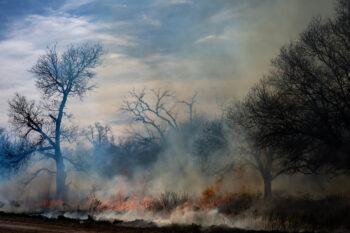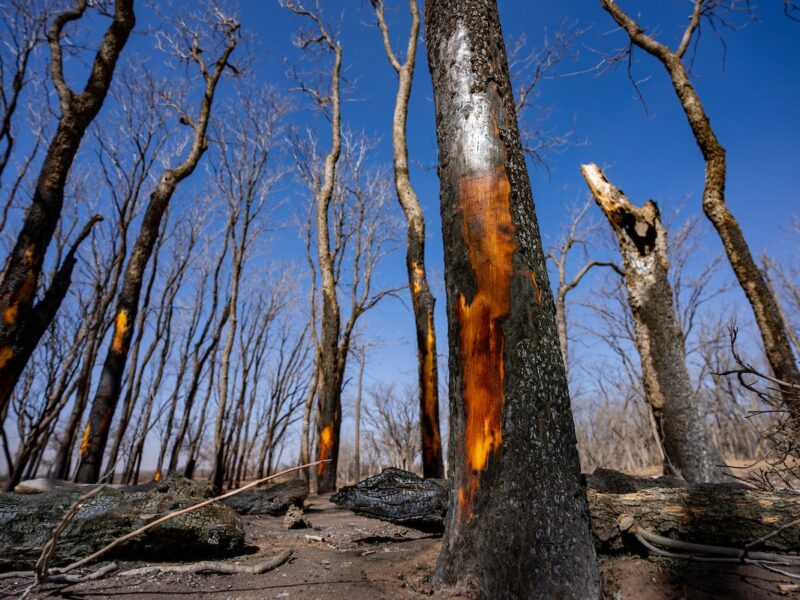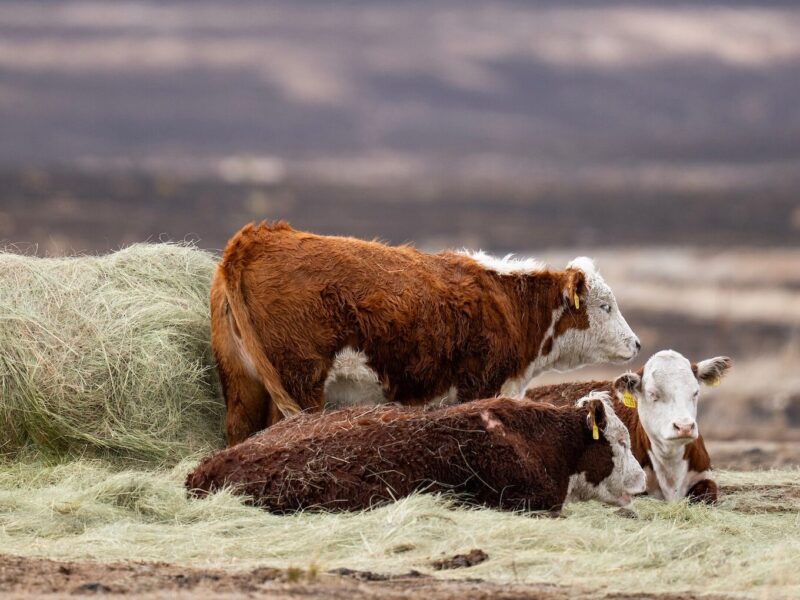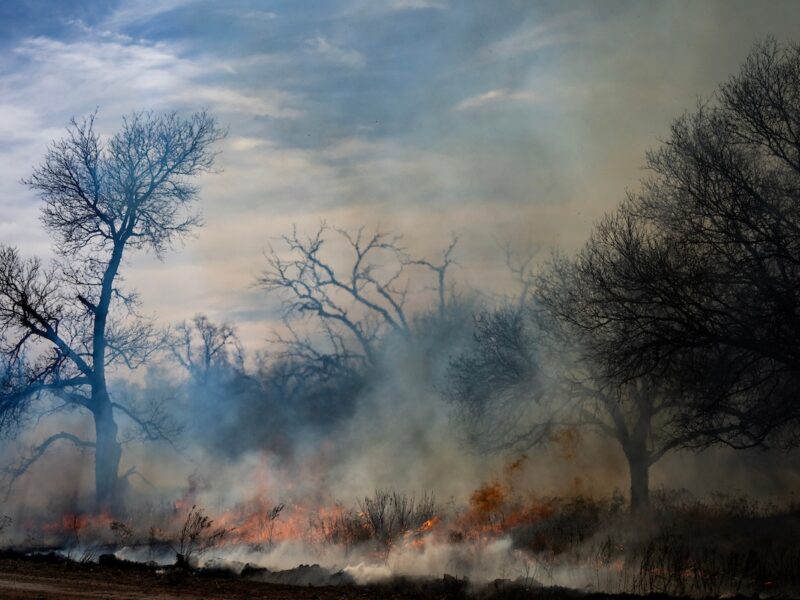Panhandle Wildfires: Safety And Recovery Information For Homeowners

Homes and other property have been destroyed by extensive wildfires in the Panhandle – and many more have sustained smoke damage. The Texas A&M AgriLife Extension Service offers information for those affected by these fires and what to do next to recover from them.
AgriLife Extension provides Texans and others with free, objective, research-based information to help with emergency and disaster preparation and recovery, said Dr. Monty Dozier, AgriLife Extension Disaster Assessment and Recovery (DAR) program director, Bryan-College Station. The information is available through websites as well as through agency personnel in county offices throughout the state.
The DAR site contains a variety of disaster preparation and recovery materials, including those related to wildfires.
The Texas A&M AgriLife Learn site also provides informational materials on emergency and disaster preparedness and recovery. Most of these materials are free downloads, and several are available in Spanish.
Be Wary Of Unexpected Safety Issues
“There are a number of potential safety issues when returning to a home or business after a wildfire or other disaster, such as structural damage, electrical or gas issues and even the risk of contaminated water,” Dozier said. “Texans affected by wildfires and other disasters need to know what new dangers may crop up after a disaster, and their primary concern should be for their own safety and that of their family members.”
Dozier said those affected by recent wildfires should not attempt to reenter the affected area until the authorities have officially said it is safe to return. AgriLife Extension’s Disaster Assessment and Recovery fact sheet Returning Home After a Wildfire provides guidance on some initial recovery steps.
“Once it’s safe to return, bring supplies and wear clothing that will help sustain personal health and safety,” said DAR Region Chief Bryan Davis. “Some items you should bring with you when returning are a multi-use fire extinguisher, lots of bottled water and a first-aid kit. You should also wear sturdy shoes with thick, preferably non-rubber soles, a long-sleeved shirt, long pants and work gloves.”
Dealing With Ash And The Smell Of Smoke
Avoid exposure to ash when cleaning up after disaster, said DAR agent Kevin Hoegenauer, New Braunfels. This can best be accomplished by wearing a high-quality protective mask and sweeping or dusting gently to avoid stirring up the ash.
“Ash and small particulates entering the lungs are irritants and can cause breathing difficulty in healthy individuals and make pre-existing respiratory and cardiovascular issues even worse,” he said. “Ash is also destructive to painted surfaces, such as cars.”
Hoegenauer said ash from natural sources like grass or brush can be washed from exterior surfaces, as long as care is taken to keep it out of waterways. However, piles of ash and debris from burned buildings should be treated as hazardous waste due to the chemicals stored in them and the chemicals in building materials like treated lumber and plywood.
“Your local emergency management office will have instructions on disposing of that material,” he said.
After a wildfire, the smell of smoke often infiltrates homes, and the lingering odor persists due to tiny microscopic particles that cling to walls, furniture, floors, clothing and various surfaces in the home. Removing the smell can be a difficult job and involve a lot of time, effort and expense. Some useful information on this topic can be found in the fact sheet How to Remove Smoke Smell from a Home on the DAR site.
Reporting Damage To Your Property
Davis added that those with property damage should contact their insurance company, take photos of the damage and begin an inventory of damaged personal possessions for insurance purposes.
“Retain receipts for any supplies purchased for temporary repairs you need to make, as some or all of these costs may be reimbursed by homeowners insurance,” Davis said. “You should also keep a record of any conversations or communications with your insurance company, as well as any contractors or others providing home repairs.”
The Texas Department of Insurance has guidance regarding wildfire-related insurance claims.
Those affected by wildfire can also use the TDEM iStat portal to report personal or business property losses directly. This Texas Division of Emergency Management web app does not replace insurance documentation but provides a quick way for individuals to report losses.
Additional preparedness and recovery information may be found on the Disaster Assessment and Recovery website. Safety tips and wildfire resources are also available on the Texas Ready website and from the Texas A&M Forest Service.
This article by Paul Schattenberg originally appeared on AgriLife Today.





